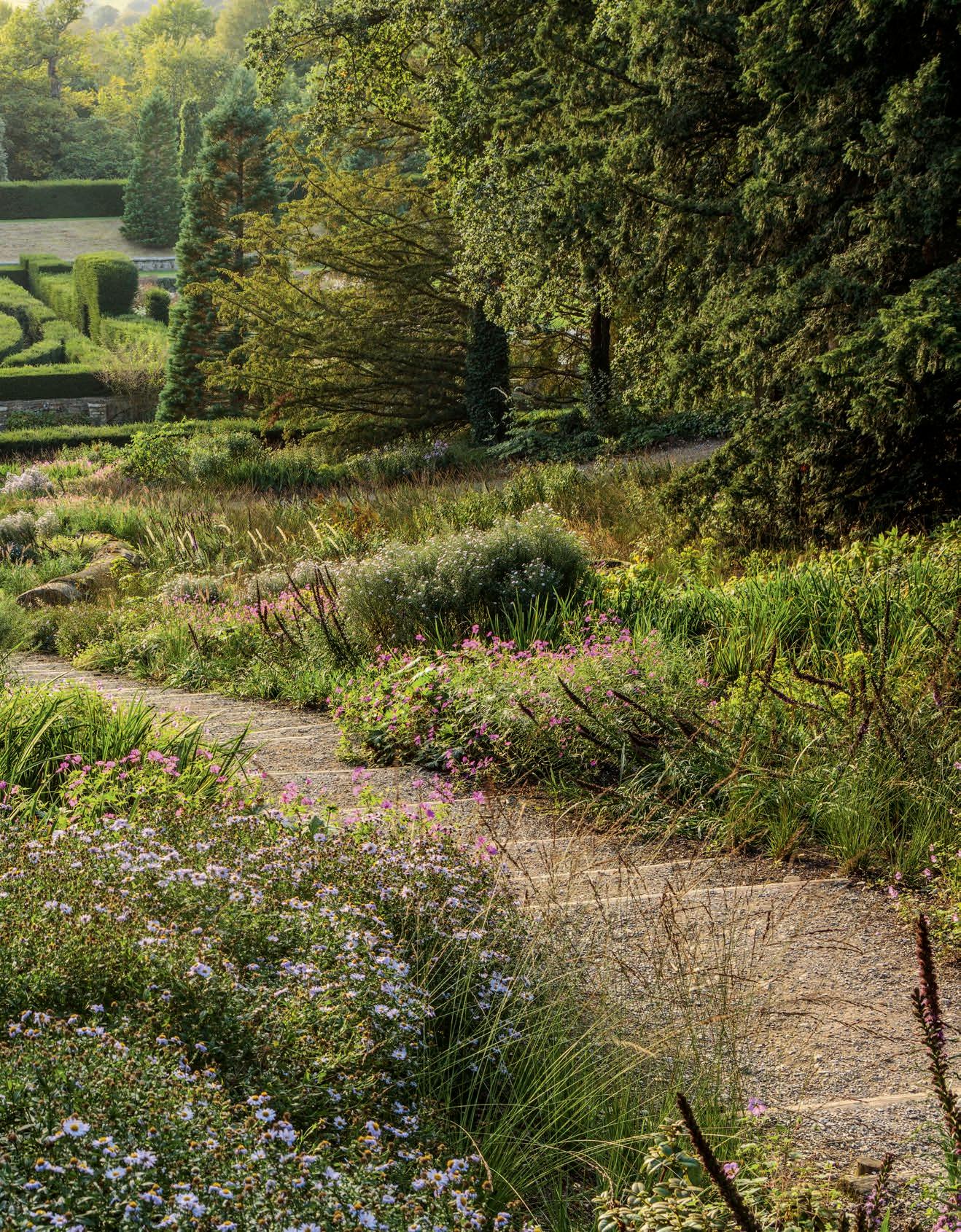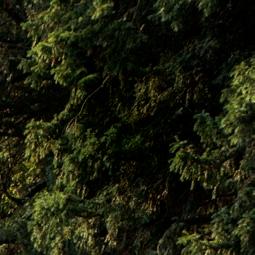
2 minute read
A CHANGE Of Course
No good garden remains static, and at grand old Chatsworth in Derbyshire, Tom Stuart-Smith has been enlisted to revamp the venerable Rock Garden and other key areas to keep them fresh and enticing while respecting the thrilling Victorian design


WORDS JAMES ALEXANDER-SINCLAIR PHOTOGRAPHS CLIVE NICHOLS


Most of you, being gardeners, will have spent a fair bit of your time wandering around garden centres. Some of you may even have bought a few things. Now imagine having 250,000 plants delivered. 250,000 holes to be dug, 250,000 pots to be recycled, 250,000 plants to be watered and cosseted through a first winter. It’s as if the entire populations of Worcester and Preston have appeared at your door, each bearing a plant.
Lucy Wharton knows exactly what this looks like, since she (along with her team and the head gardener, Steve Porter) has been largely responsible for finding homes for that many plants over the past few years at Chatsworth House in Derbyshire. This is one of the biggest, most beautifully kept and undeniably grand houses in the country: the gardens cover 105 acres and have been in cultivation for nigh on half a millennium. The Dukes of Devonshire have called it home for 16 generations and, over that time, have encouraged architects, artists, craftspeople and, of course, gardeners.
Probably the most famous gardener to have worked at Chatsworth to date was the extraordinary Joseph Paxton. He began as a gardener under the 6th Duke of Devonshire here aged 20 in 1823 – the story goes that on his first day he climbed over the wall at 4.30am and by 9am he had explored the gardens, instructed the gardeners and met his future wife! He worked here for most of his life, designing and building glasshouses and dreaming up the extraordinary rock garden. His achievements were not limited to Chatsworth or gardening, however, since he ended up a knight of the realm, the creator of Crystal Palace, an MP, an architect and a publisher. Fast forward a couple of centuries (we are now onto the 12th Duke) and this bit of the garden found itself in need of some rejuvenation. No matter how big or how small, whether looked after by 15 gardeners or just one householder, all gardens are constantly changing. This process started with a garden that Dan Pearson made at the RHS Chelsea Flower show in 2015 which served as the starting point for the restructuring of the trout stream. This was followed by the larger task of tackling the Rock Garden: step forward the winner of many RHS Gold medals, the thoroughly good egg Tom Stuart-Smith. The rockery had become rather overgrown. The late Dowager Duchess (better known as Deborah Mitford) had planted lots of rambling roses, which, while looking spectacular in their moment, had slightly reduced the intended impact of the rockery.
Right The towering boulders in the Rock garden were all moved into position without modern machinery in an awesome feat of Victorian engineering. Below Beneath Arcadia’s trees, Tom Stuart-Smith has added great drifts of jewel-bright eupatorium, asters and persicaria.


As Lucy explains: “The intention was for the planting to be subservient to the rocks.” Imagine a series of towering stacks of rock, obviously manmade but no less awe-inspiring. Huge boulders precariously balanced on top of each other. You should walk into the garden and be stopped dead in your tracks by the combination of awesome engineering and breathtaking planting. No modern cranes or diggers, it was built purely on ingenuity and manpower, not very different from the way Stonehenge was put together many millennia before. In addition, Tom and team have done a few things that have had enormous impact. First, they have changed two of the entrances – “they needed flow and focus,” Lucy explains – so by removing some overweening yews and putting a bit of a chicane in the path they have rejuvenated the approaches. Second, they have made a series of new stone stacks that give impact to previous underwhelming corners.





